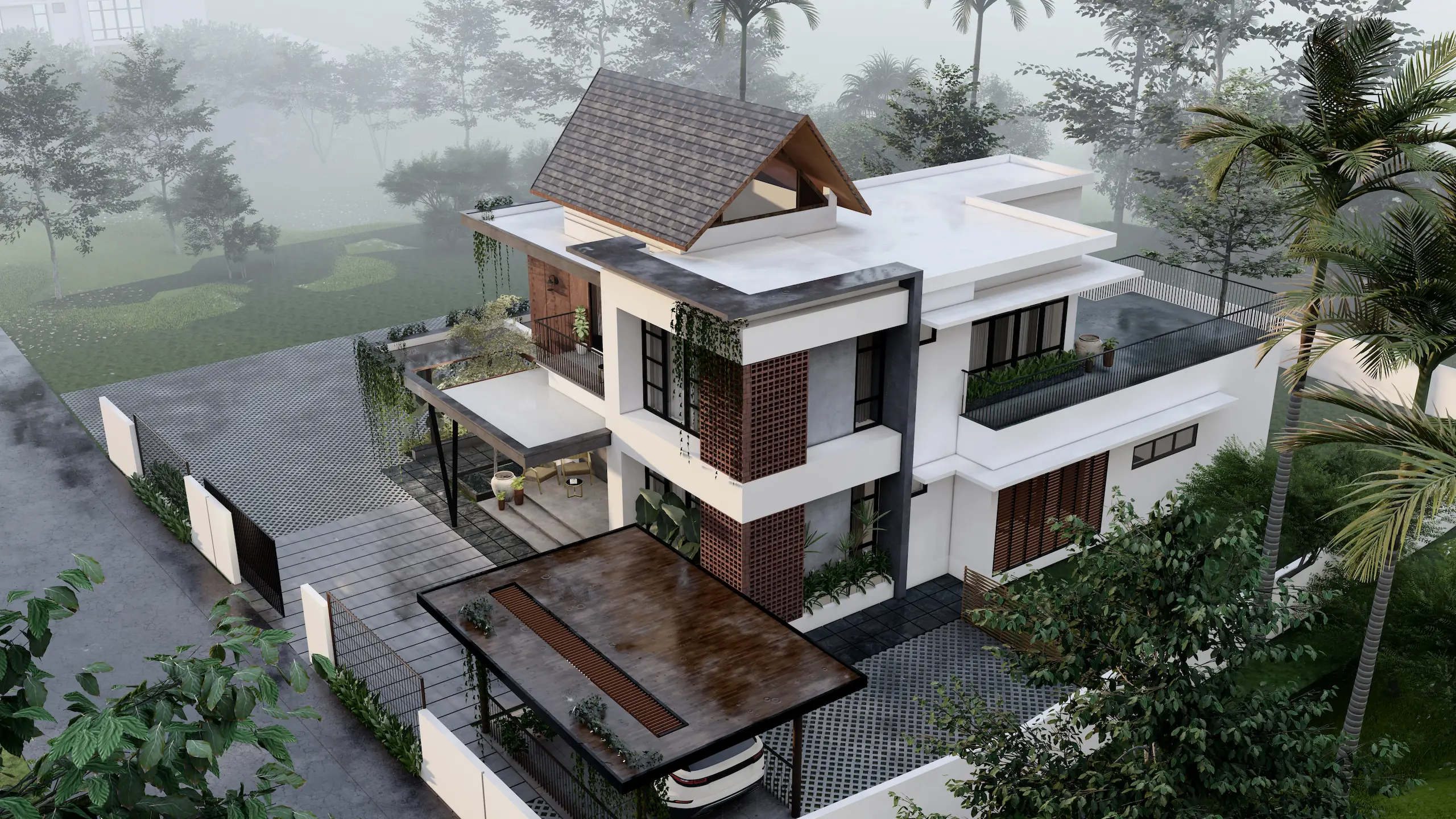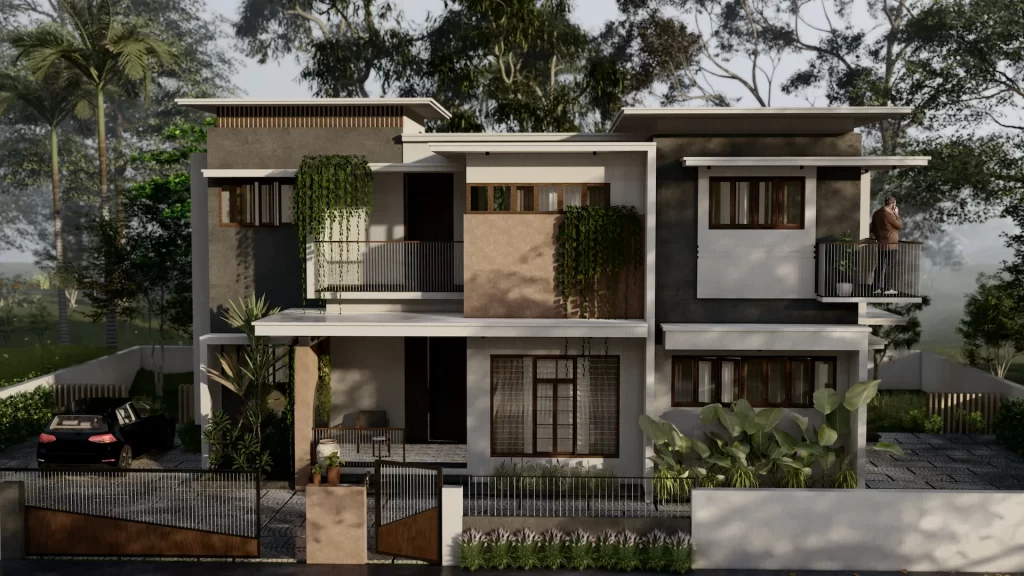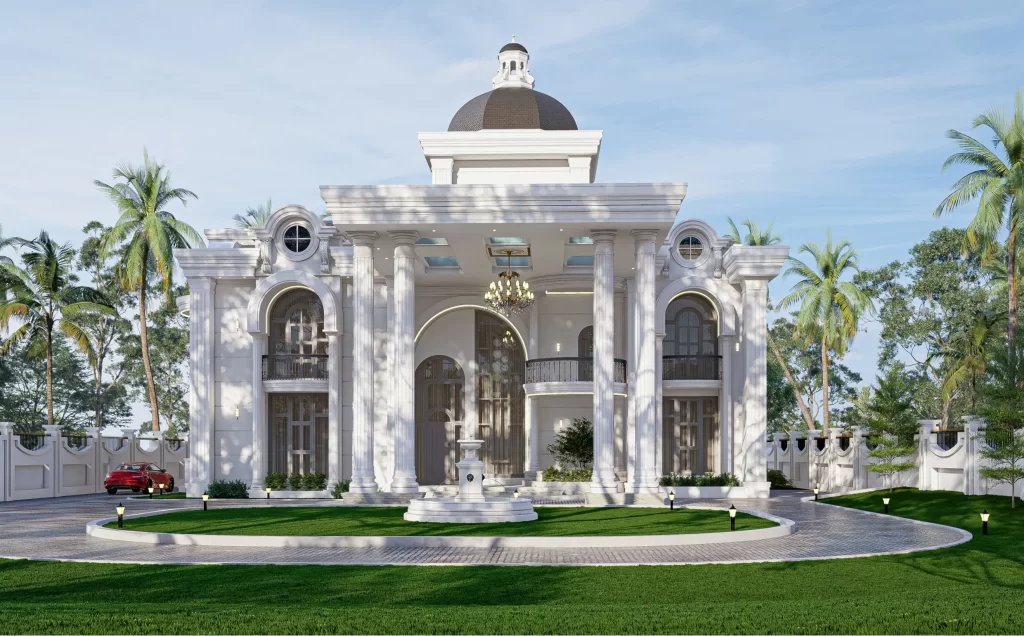Brought to you by Doric Design Architectural trends may evolve, but certain styles remain foundational—transcending eras with their enduring appeal. These timeless architectural elements combine innovation, functionality, and aesthetics, making them just as relevant today as when they first emerged. Whether you're envisioning your dream structure or renovating an existing space, these design principles from …
Brought to you by Doric Design
Architectural trends may evolve, but certain styles remain foundational—transcending eras with their enduring appeal. These timeless architectural elements combine innovation, functionality, and aesthetics, making them just as relevant today as when they first emerged. Whether you’re envisioning your dream structure or renovating an existing space, these design principles from Doric Design will help you create environments that feel both modern and everlasting.
1.Minimalism: The Power of Simplicity
Minimalist architecture champions clean lines, open layouts, and functional spaces. Stripping away the nonessential, it creates structures that emphasize clarity, light, and purpose. By focusing on proportion, natural light, and high-quality materials, minimalist design offers a calm, refined experience that never feels dated.
2. Mid-Century Modern: Structural Elegance
With roots in the mid-1900s, mid-century modern architecture is defined by flat planes, large glass windows, and open spaces that invite the outdoors in. Its timeless appeal lies in its balance—natural materials meet bold geometry, while form harmonizes with function, continuing to inspire modern homes and buildings.
3. Neutral Palettes: Subtle Strength
In architectural design, neutral tones serve as a versatile backdrop that enhances spatial perception and complements material textures. Shades of white, beige, gray, and taupe allow architectural details, natural light, and structural form to take center stage—resulting in calm, harmonious spaces that age beautifully.
4. Natural Materials: Timeless Textures
Incorporating materials like stone, wood, and clay connects architecture to the environment. These elements not only offer visual warmth and texture but also promote sustainability. Whether it’s timber-clad facades, stone flooring, or exposed concrete, natural materials bring authenticity and longevity to any architectural project.
5. Open Plans: Flow and Flexibility
Open-concept architecture remains a popular approach for its ability to create multifunctional, fluid spaces. It enhances connectivity between rooms, encourages natural light flow, and provides flexibility in layout design. This timeless trend fosters interaction, adaptability, and a sense of spaciousness in both residential and commercial buildings.
6. Sustainable Design: Building for the Future
Sustainability is at the heart of contemporary architecture. Green building practices—such as passive solar design, rainwater harvesting, and energy-efficient materials—are now integral, not optional. Doric Design champions eco-conscious architecture that reduces environmental impact while maintaining design integrity and long-term value.
7. Industrial Influence: Raw Beauty
Industrial architecture continues to captivate with its exposed steel, concrete, and brick elements. Inspired by warehouses and factories, this style is celebrated for its honesty in materials and construction. Blending raw textures with modern finishes results in a distinctive aesthetic that feels both grounded and contemporary.
8. Statement Structures: Sculptural Forms
Iconic architectural elements—like sweeping staircases, cantilevered balconies, and dramatic façades—are more than just eye-catching; they embody creativity and purpose. Statement architecture turns buildings into landmarks, showcasing innovation while honoring the context in which they exist.
9. Classic Geometries: Balanced Design
From arches and columns to symmetrical layouts and proportionate forms, classic geometric design has shaped architecture for centuries. These principles remain foundational, offering visual stability, rhythm, and harmony in spaces that are meant to endure.
10. Human-Centered Spaces: Comfort in Design
Architecture must serve the people who inhabit it. Comfortable, intuitive design is central to timeless architecture. From ergonomic flow to acoustics and natural ventilation, prioritizing human experience ensures that buildings remain relevant, livable, and loved through generations.
In Conclusion
While styles and materials may shift with time, these ten architectural trends remain at the core of enduring design. At Doric Design, we believe that true architecture is both timeless and transformative—combining structural brilliance with a deep understanding of space, context, and human needs. Whether you’re drawn to the purity of minimalism or the richness of natural materials, embracing these principles will help you shape environments that inspire and endure.




